There’s a rule about using positive adjectives in titles. Namely, if the thing isn’t all that great, people are going to use a bunch of lazy puns to mock the title. “The Good Life? More like the-” your brain already finished that, so I don’t have to. Unfortunately for me, I did have to finish The Good Life, a game that I was pretty excited about until I played it. Despite the logical implication of the above joke, no, this isn’t necessarily a bad game. It is a special combination of mediocre and boring, though. Yeah, baybeeee! (That’ll make sense later, I promise.)
The Good Life‘s story is absolute nonsense. At no point does the incoherent narrative come close to making anything resembling sense. It tries hard to be funny, but rarely succeeds. The game follows an unlikable simpleton named Naomi Hayward, who has accrued a £30,000,000 debt for reasons unexplained. She’s also an American, so why the currency is in GBP is beyond me, but I digress. A news agency buys her debt (or something?) for another unexplained reason and sends her to unravel the mysteries of a small English town called Rainy Woods in order to pay it off.
After getting there, Naomi learns that the inhabitants can shapeshift into cats and dogs — an ability that she also obtains. She sets out to discover all the town’s secrets but is thrown into a murder mystery that she’s tasked with solving. This mystery never actually resolves itself in any meaningful way. The game basically stops caring about it at the end, lampshading it into irrelevancy. The plot is a mishmash of English history and myth, alongside a lot of nonsensical plot developments. Its characters, including Naomi, are all one-dimensional and either unmemorable or grating.
No FK in this coffee
“Rainy Woods” was, of course, borrowed from the original title of creator Swery’s Deadly Premonition. It’s easy to see some of that game’s DNA here. Of course, that game, a niche hit among many, was far from great but got by on Twin Peaks references and its lovable strangeness. The Good Life attempts to ape that strangeness here, but it all ends up feeling trite and forced. And just like Deadly Premonition, this game takes place in an open world that has plenty of sidequests to do.
The main storyline in The Good Life is actually quite structured. It starts with a prologue, then the murder happens. Afterwards, the game branches off into three story routes. They see Naomi investigating a crypt, a mine on a mountain, and a castle. For the most part, the story quests can be summed up with you going to a marker, watching a cutscene or reading dialogue, and then heading to another marker. Sometimes there’ll be a minigame to break this up. These include such exciting events as keeping a ball balanced for a drinking game or picking up objects and moving them slowly.
There was never a point while playing The Good Life where I wasn’t bored. The main story takes about 11 or so hours to get through, and there are a lot of sidequests. Almost all of them require you to find and deliver items or take pictures and upload them to a website. Naomi primarily makes money by taking pictures associated with topics and then uploading them to receive cash depending on how many likes each gets. This does not pay well; usually around £50.
Don’t go in expecting SWERY’s Animal Crossing
One main thing that caught my eye about The Good Life was that it billed itself as a debt repayment game. I thought it’d be like Animal Crossing, where your goal is to pay off your debt little by little while doing odd jobs and having fun. You can’t actually pay off your debt here. It gets paid automatically when you complete certain story missions. Your initial impetus doesn’t seem to matter. Then again, the story missions are really more of a guided tour through the game. The rest of the stuff is the focus.
What is “the rest of the stuff” you ask? It’s typical time-wasting tasks. You can pick up materials in the world and use them to make other materials, which can then be used for sidequests. Or you can make new clothes or cook. The world is fairly large and there’s technically a good amount to do, but since there isn’t really an actual hook, it’s hard to care about any of this; it’s aimless. And finding most of the materials you need to make anything is a pain because you can’t know where any of it is without just looking everywhere. Oh, you need a specific mushroom or bug to complete this? Good luck finding it.
There are a few things that reduce the tedium, however. Naomi can turn into a cat or dog. As a cat, she can jump higher and run faster, as well as climb very specific walls. As a dog, she has a lot more stamina, can track scents (which you can use to hunt small animals easily), and pee on things. No, I’m not joking; it’s actually part of the main story. You can also tame sheep in The Good Life and call one to you to use as a mount — it controls poorly. There’s fast travel too, but it costs £10 every time unless you go to your house, so I never used it.
WiiWare
Presentation wise, The Good Life looks archaic in general. The draw distance is very long and the performance is great, but it’s exceptionally dated. There’s voice acting, but only for story scenes. Most of the game’s dialogue is just text alongside a tiny amount of repeated soundbites. Remember my “yeah, baybeeee!” from the first paragraph? Naomi says that all the time, including every instance of you charging forward while riding a sheep. She also constantly calls Rainy Woods a “goddamn hellhole,” even when there’s no good reason to do so.

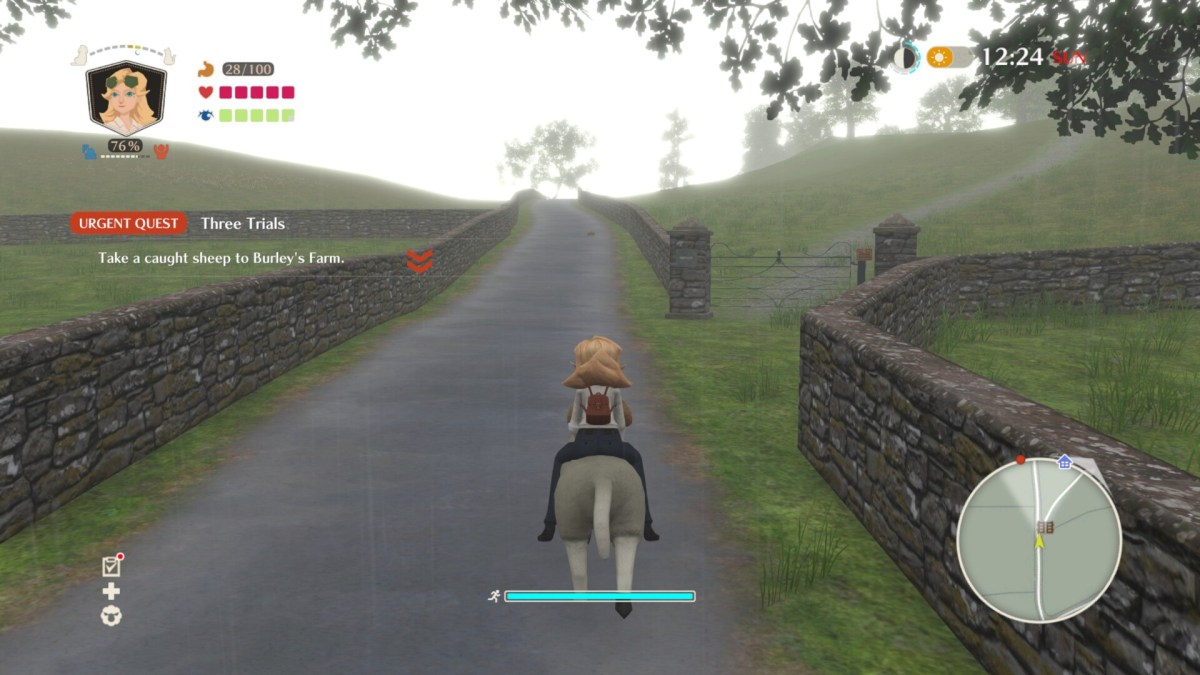

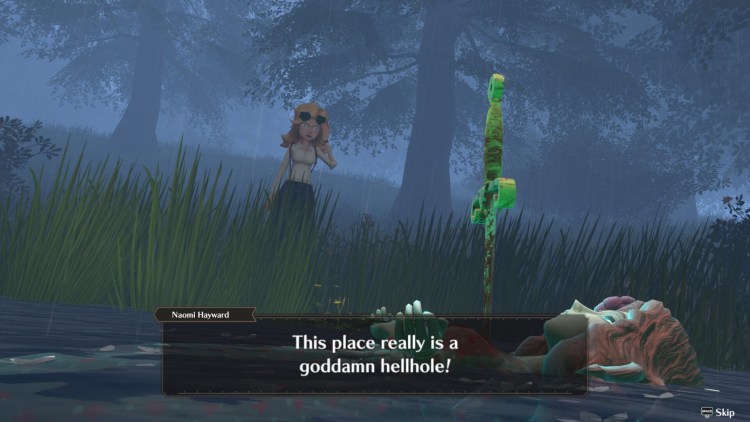
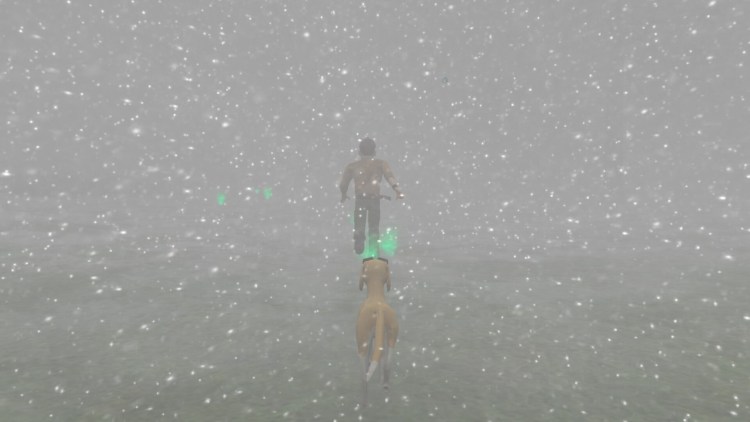
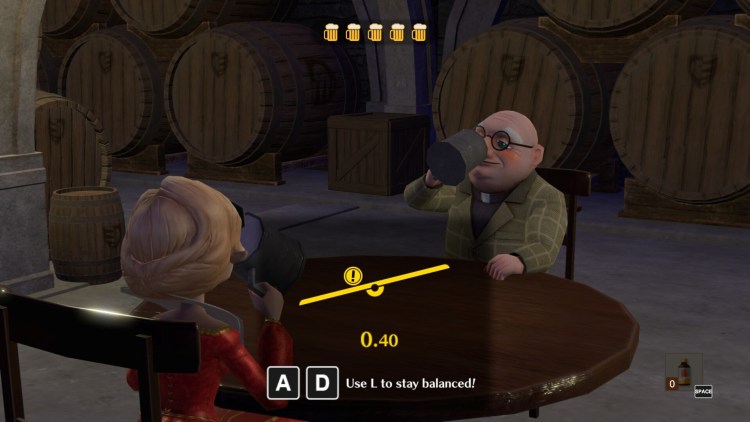
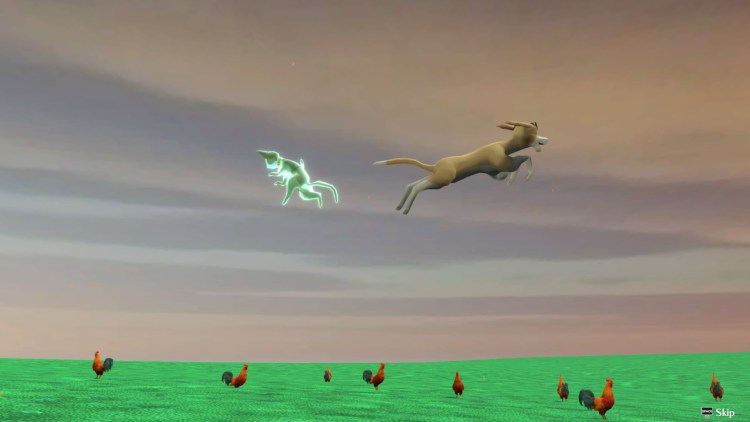





Published: Oct 14, 2021 3:00 PM UTC